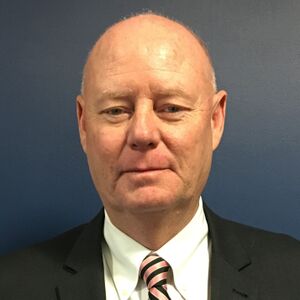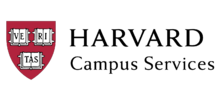
John W. Nolan, MS, CAPP
Managing Director of TransportationHarvard University
John Nolan serves as the Managing Director of Transportation and The Campus Service Center at Harvard University. With significant University goals to achieve a fossil-free fleet by 2035, Mr. Nolan has embarked on an expansion of the university’s EV infrastructure and vehicles. He has overseen the development of 60 Level 1 and Level 2 chargers and recently installed Level 3 chargers with infrastructure in place to double the capacity. The university currently operates 4 electric buses and 18 electric and hybrid cars, vans, and trucks. Mr. Nolan contributes as part of an executive team that oversees a $450 million-dollar service operation. He holds a BSBA from Merrimack College and an MSM from Lesley University. He also holds the professional certification of Certified Administrator of Public Parking from the University of Virginia and IPMI. Mr. Nolan has spoken at numerous regional and national conferences and has lectured on infrastructure planning at the Harvard Graduate School of Design. He continues to serve as a consult to a number of corporations, trusts and associations.
John W. Nolan, MS, CAPP’s Session(s):
10:30 am–11:30 am | Thu, June 29, 2023
EV Building Blocks: Planning, Design, & Construction Considerations for EVSE Implementation in Parking Facilities
Planning for the installation or upgrade of electric vehicle charging infrastructure is both complex and comprehensive regardless of location. Planning new or enhanced EVCS in a structured parking facility adds yet another layer of detail and expertise from planners, engineers, architects, and construction experts. Starting with a facility assessment of current electrical capacity, through selecting charging speed and anticipating future demand and electrical capacity – owners and operators have a great variety of considerations that are impacted greatly by location, structure type, and more. Join this session with experts from the International Parking & Mobility Institute’s (IPMI) Planning, Design, and Construction Committee to assess these considerations, make informed and strategic decisions, and apply best practices for EVCS deployment in structured parking.
Key Takeaways:
- Understand planning, design, and construction considerations specific to installing EVSE in structured parking facilities.
- Explore the critical role of EV-readiness facility assessment to review needs, and considerations, including the electrical load, capacity, and proposed level of EVSE.
- Match infrastructure needs and output to the patrons' expectations and experience.
- Learn how to assess whether to continue with existing infrastructure at a decided level of charging or to add capacity.
- Discuss adaptive load management (ALM) and its impact to your operations.

